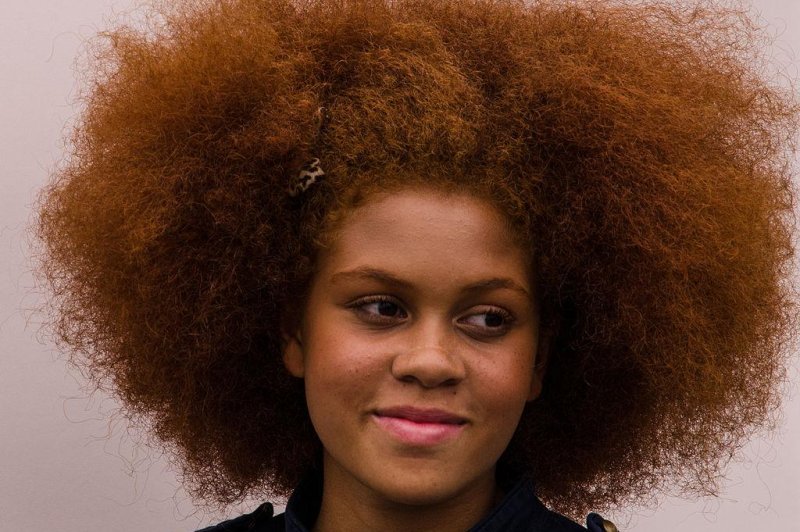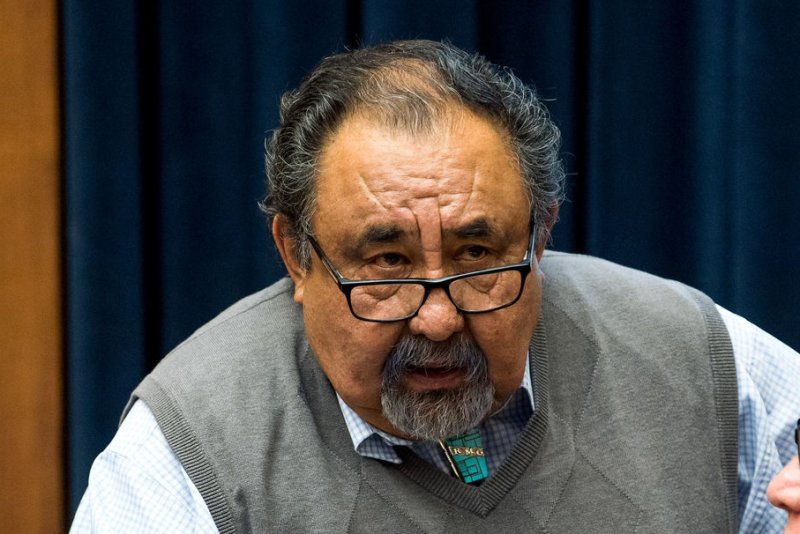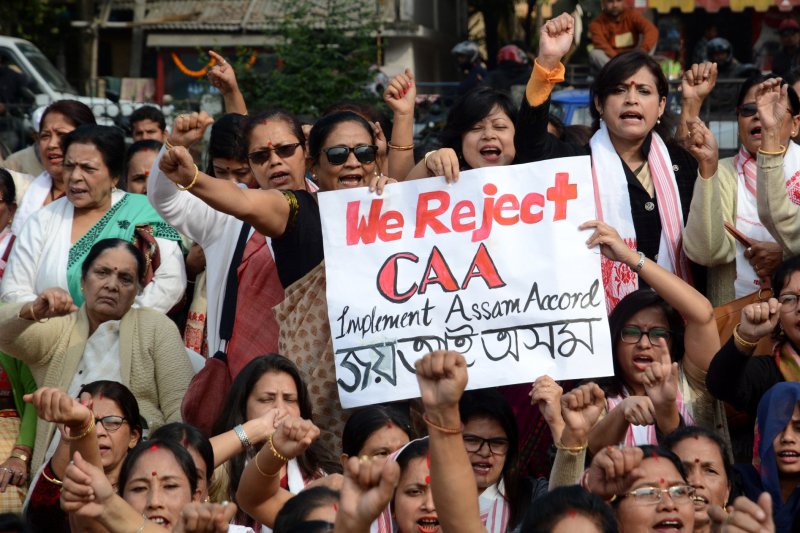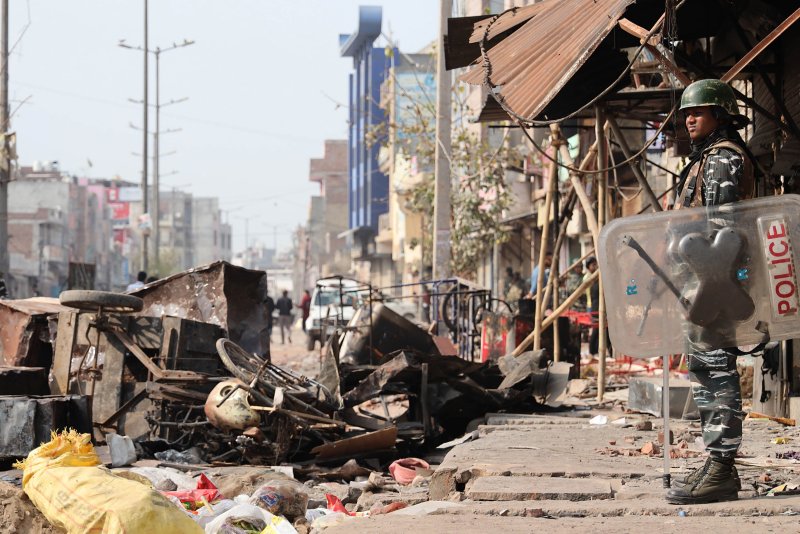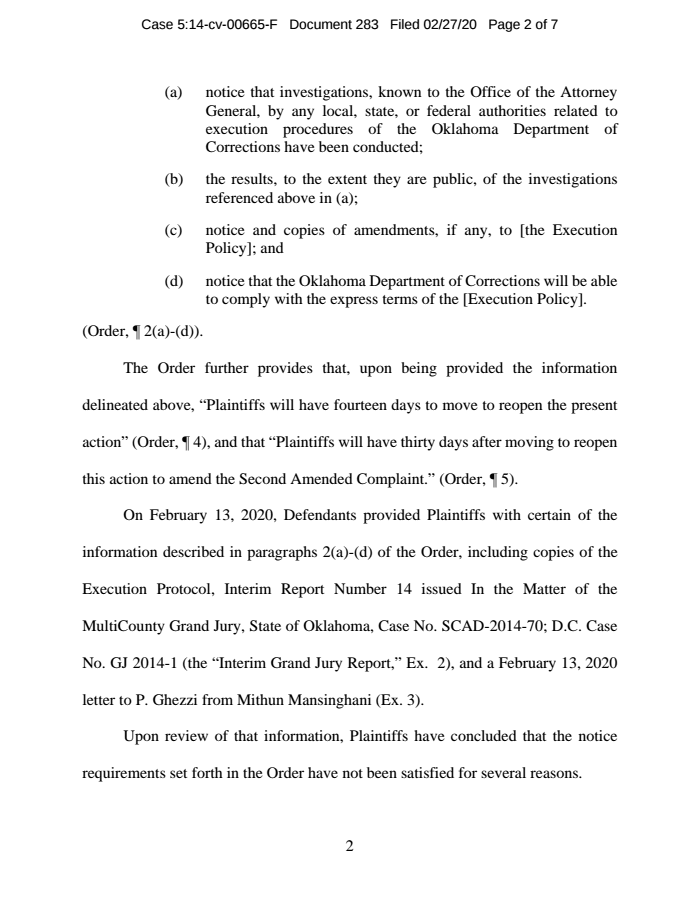LACK OF HEALTH AND SAFETY RULES ON THE FARM

An 80 year old North Dakota man died in what is at least the sixth fatal grain bin accident of the year. Photo courtesy of Pixabay
EVANSVILLE, Ind., Feb. 28 (UPI) -- Authorities have identified an 80-year-old man who died this week in a North Dakota grain bin.
Richard Volk was working atop a bin of wheat on his family farm near Devils Lake, N.D., on Wednesday afternoon when officials believe he fell in. It is unclear exactly what happened.
"It's the simple fact that nobody saw what happened," said deputy Ben Myrum of the Ramsey County Sheriff's Office, which responded to the call.
When other farmworkers realized they could not find Volk, the called for help, Myrum said.
The Devil's Lake Rural Fire Department eventually removed Volk's body from the silo after cutting holes in the sides to remove the grain.
Volk is at least the sixth farmer to die in a grain bin accident in the United States this year.
Dozens of farmers die in grain bins every year. The accidents happen most often at farms with few employees, which are not required to follow the same Occupational Safety and Health Administration safety regulations as larger commercial facilities.
